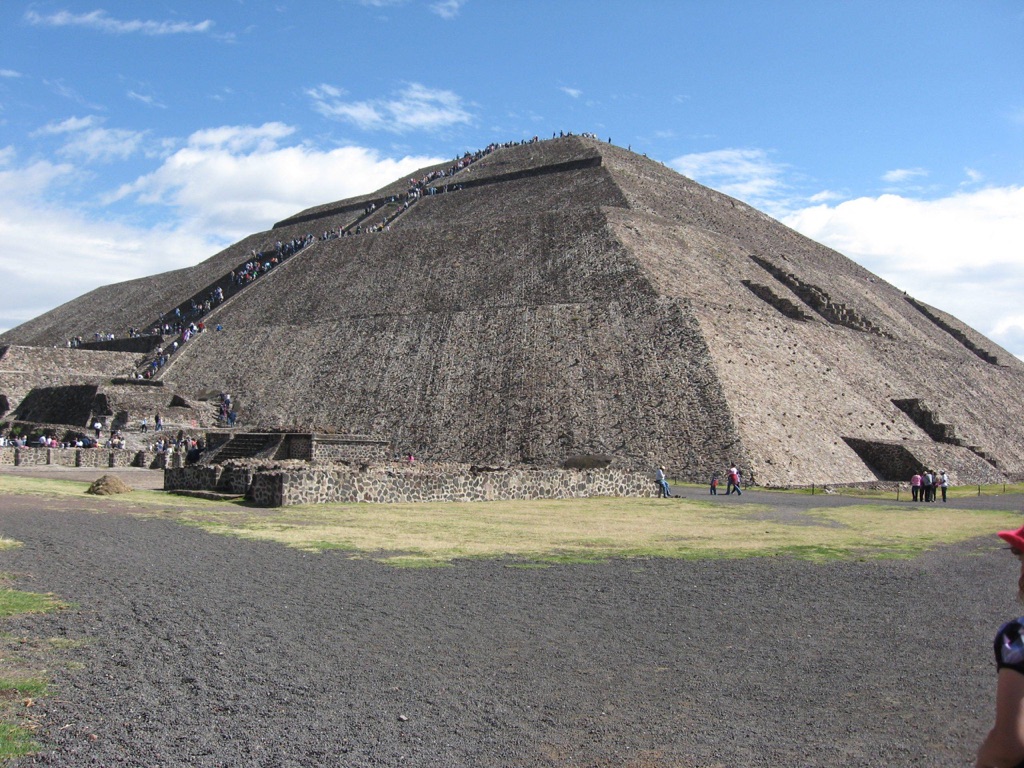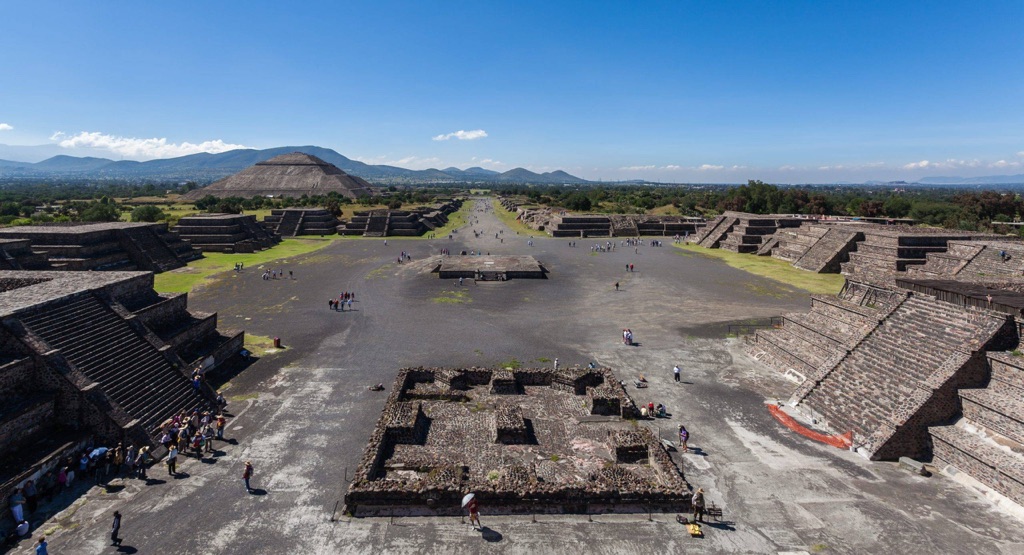Summary
Teotihuacan, an ancient Mesoamerican city located in the Basin of Mexico, is a treasure trove of history and culture. Established around 100 BC, it was the largest city in the pre-Columbian Americas, with an estimated population of 125,000 or more, making it at least the sixth largest city in the world during its epoch. The city is known for its well-preserved murals, vast Avenue of the Dead, and the impressive Pyramids of the Sun and Moon.
Get your dose of History via Email
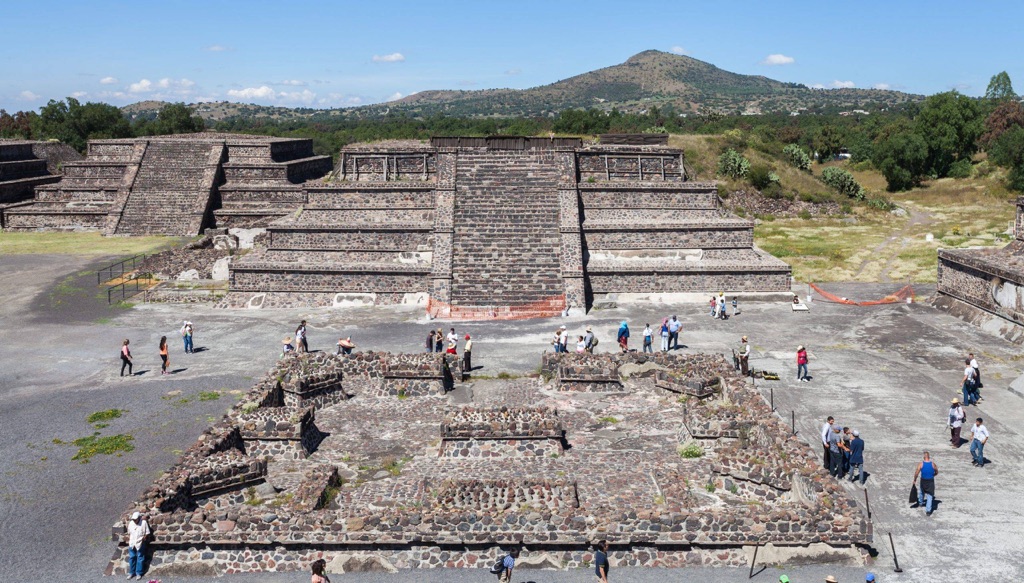
Historical Background of Teotihuacan
Teotihuacan, meaning “the place where the gods were created,” was believed to be the city where the gods gathered to create the sun and the moon after the world was created. The city was established around 100 BC and flourished until the 7th or 8th century AD. It was the cultural, political, economic, and religious center of ancient Mesoamerica.
Despite its significance, much about Teotihuacan remains a mystery, including the identity of its builders. The city was already in ruins by the time the Aztecs arrived, who gave it its current name. Its original name, given by its founders, remains unknown.
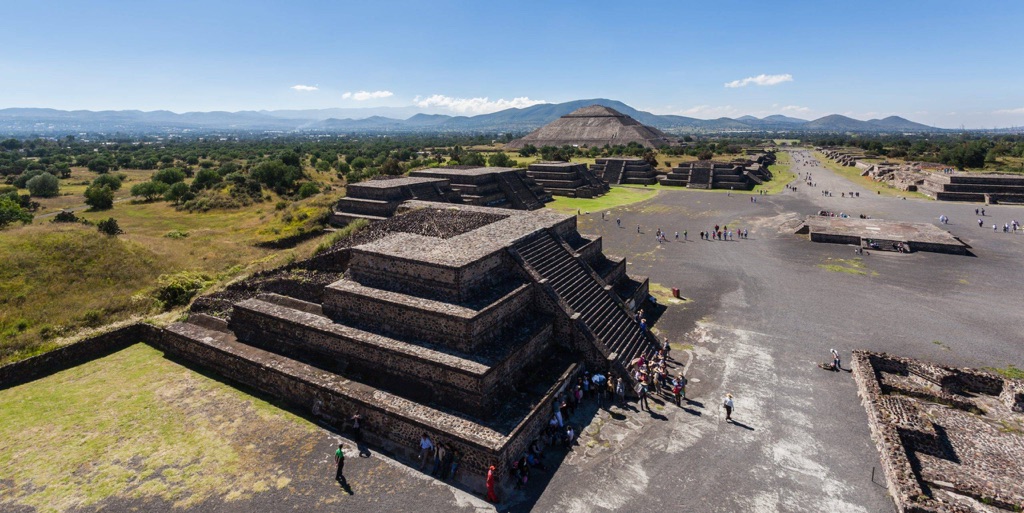
Teotihuacan was a multi-ethnic city, with distinct quarters occupied by Otomi, Zapotec, Mixtec, Maya, and Nahua peoples. The city was an important center of trade, particularly in obsidian, and its influence is evident in numerous archaeological sites throughout Mesoamerica.
The decline of Teotihuacan is also shrouded in mystery. It’s believed that social unrest, possibly related to struggles between the ruling elite, led to its fall. The city was burned, possibly during an uprising, and its population gradually declined until it was abandoned by the 7th or 8th century.
Today, Teotihuacan is a UNESCO World Heritage Site and an important archaeological site. Its pyramids, temples, and palaces continue to captivate visitors and researchers alike, offering a glimpse into a civilization that once was.
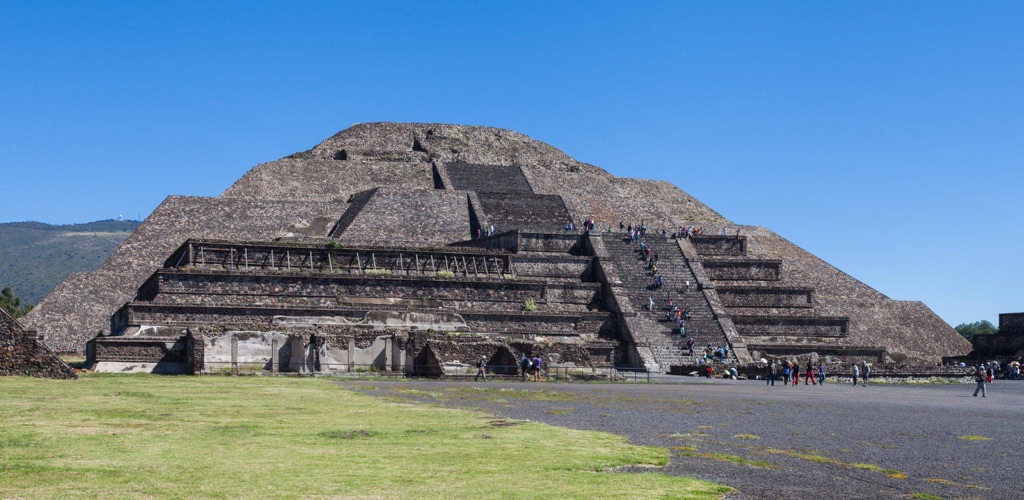
Architectural Highlights/About the Artifact
Teotihuacan’s architecture is a testament to its inhabitants’ advanced understanding of urban planning, art, and astronomy. The city was laid out on a grid, oriented 15.5 degrees east of true north, possibly to align with the setting of certain astronomical bodies.
The city’s most iconic structures are the Pyramid of the Sun and the Pyramid of the Moon. The Pyramid of the Sun, one of the largest structures of its kind in the Western Hemisphere, is 216 feet tall and was constructed over a man-made tunnel leading to a cave located directly beneath the structure — a place of Chthonic creation mythology.
The Pyramid of the Moon, though smaller, is no less impressive. It was built in seven stages and was likely used for ceremonial purposes, including human and animal sacrifices.
